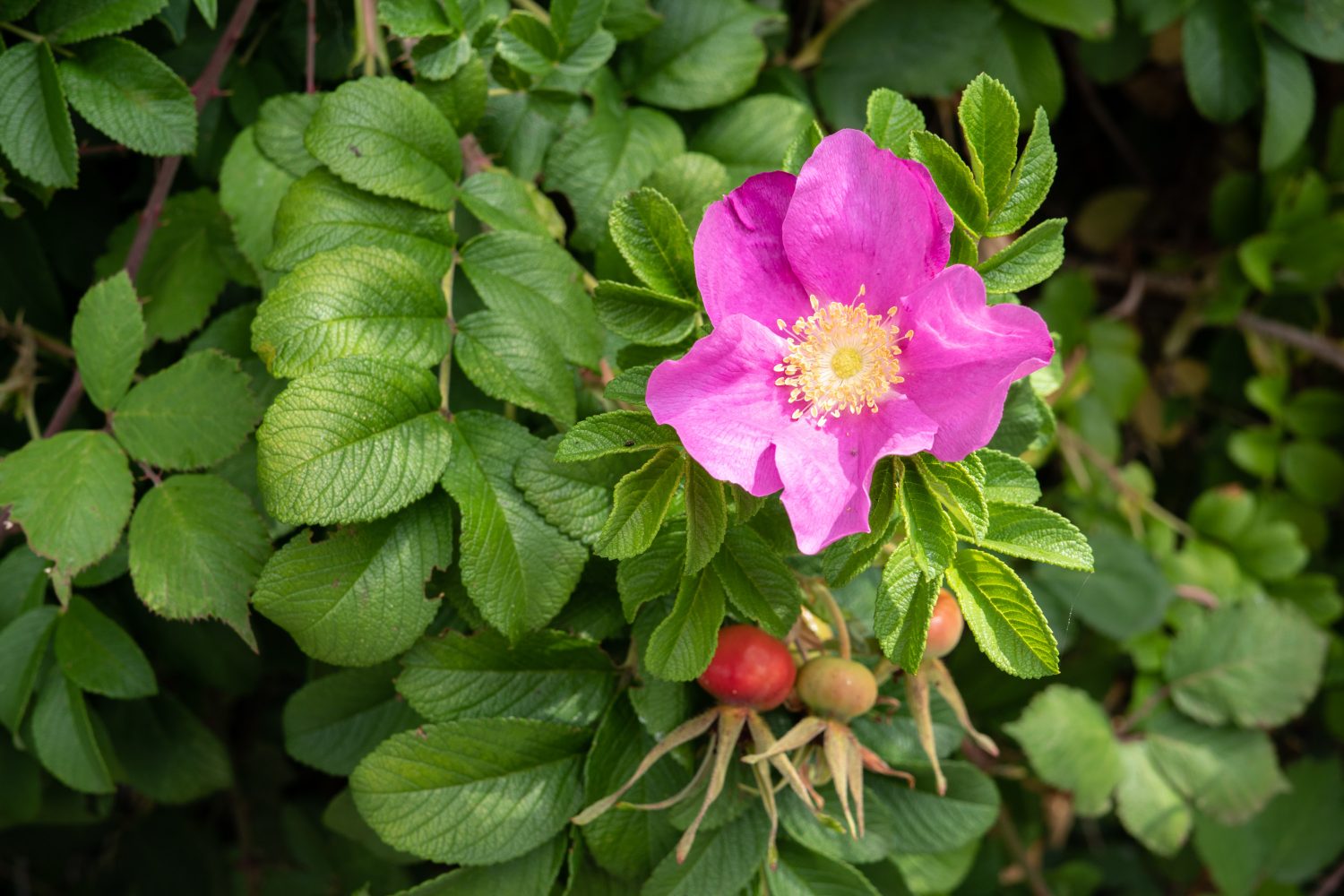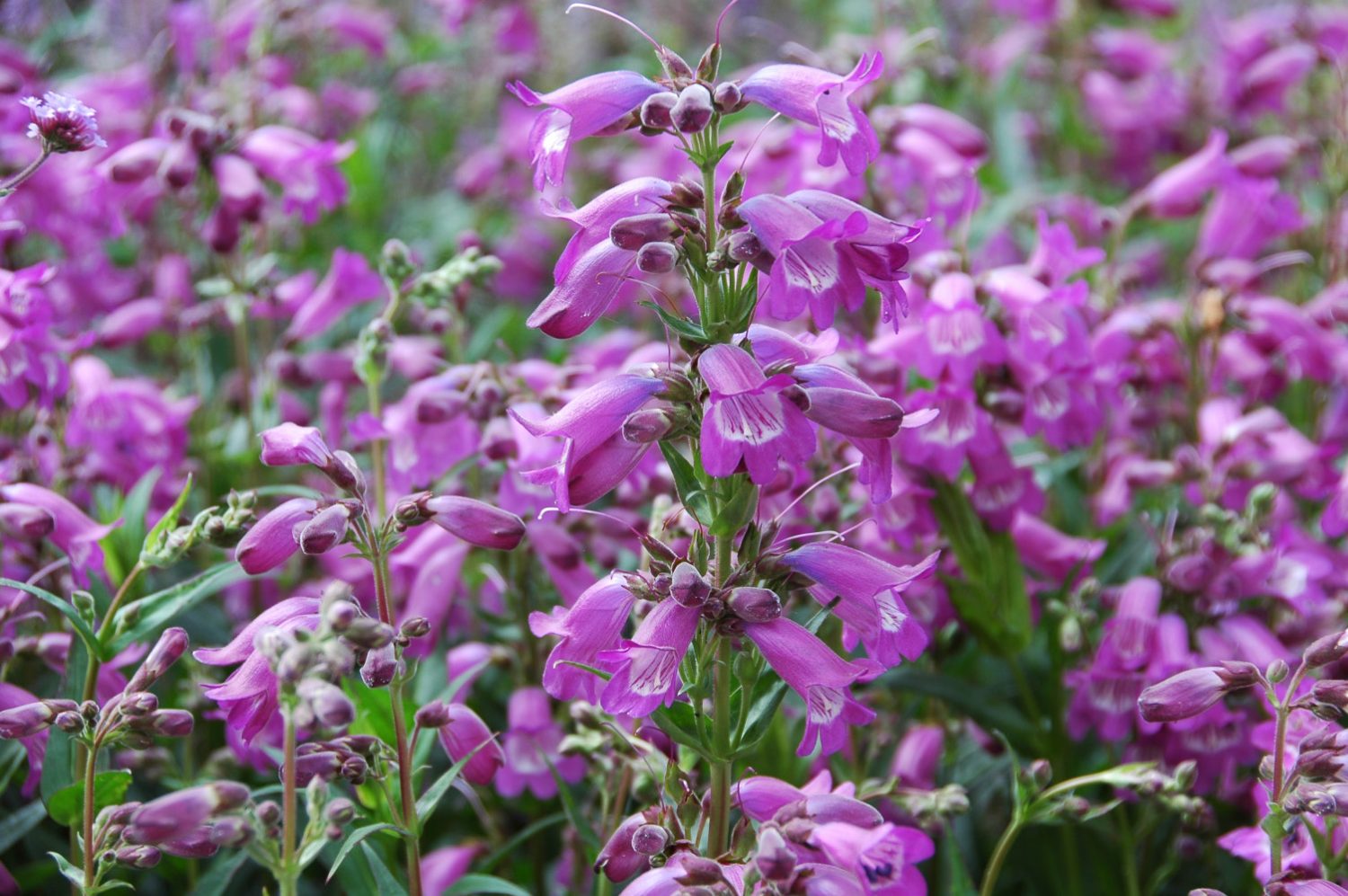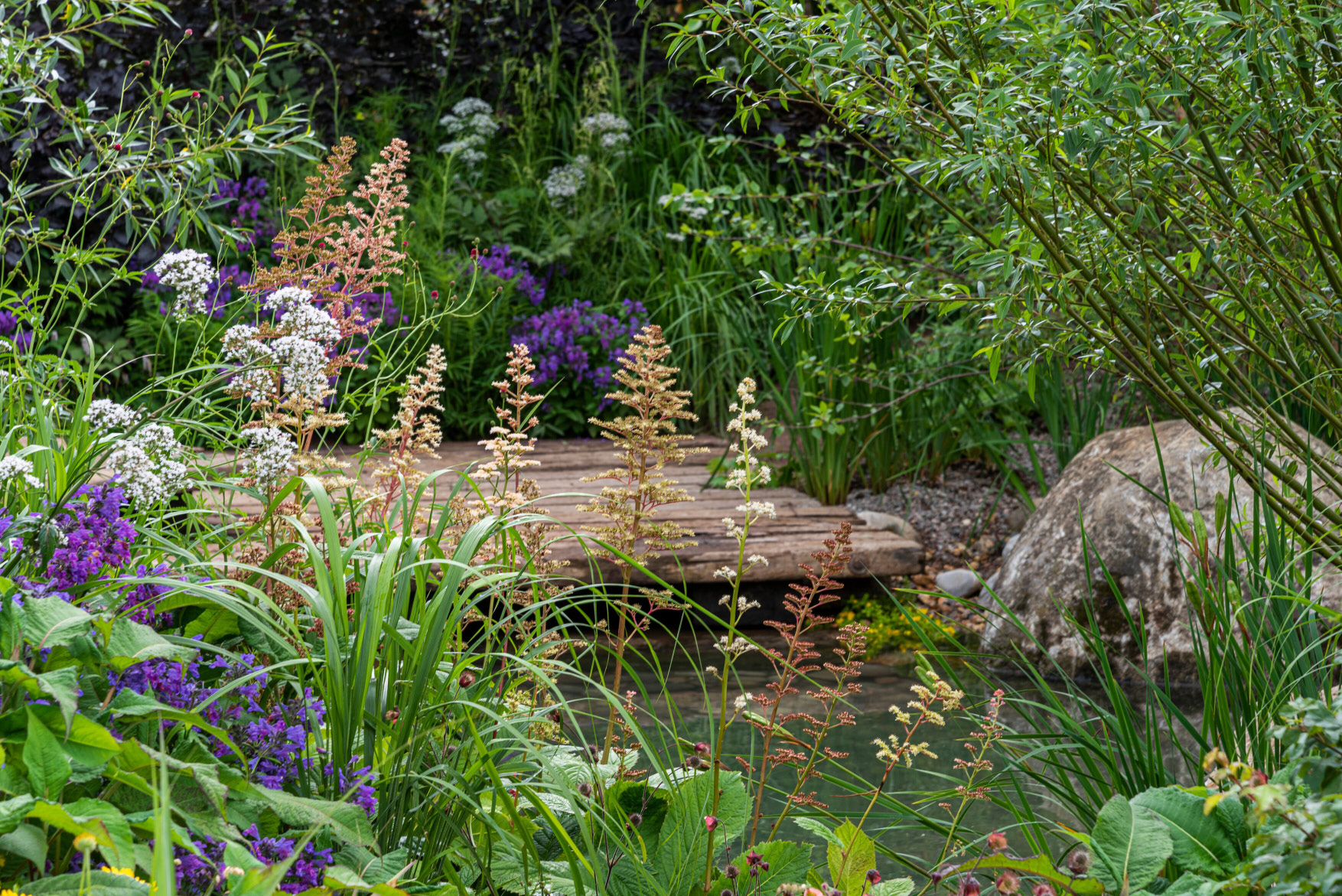August Activities
Sue Whigham makes a plan of action to tackle this month’s gardening tasks and reflects on the impact a changing climate is having on our own outdoor spaces
What a strange year it has been so far and how confusing it all is with so many different instructions coming from the Government, many of which seem to be tweaked with alarming alacrity.
Can anyone work it all out.
But it is not just us who are a bit flummoxed by the vagaries of this year. My neighbour planned to take down her garden shed and to replace with a newer model weeks and weeks ago. She still hasn’t done it as Mrs. Robin, who took up residence in the spring, has prevented her by laying several consecutive clutches of eggs in an upturned flower pot. Her latest brood has now recently fledged, bringing the grand total up to a magnificent twenty four young. So good to hear. Another neighbour has built and installed a barn owl box which is now occupied by a kestrel and her three progeny. It has been so exciting to see the kestrel family soaring above our heads, with the young practising their flying skills, and to hear their calls.
Climate change has caused records to be broken over the last few months. I was reading about the RHS garden at the Hampton Court Flower Show in July, the brief for which was ‘considering ways in which gardeners can both mitigate climate change and survive it’. Certainly things will have to change. Gardening has been quite controlled over the years and now we will need to listen and understand our plants’ needs in a changing environment. But I think it is all quite exciting stuff and am so glad to hear that it is gathering such momentum. Those beautiful manicured show gardens at Chelsea we used to see and admire will surely be freer and more attuned to nature’s needs, and be less immaculate and less unobtainable – and that was very much in evidence at Hampton Court.
Our gardening calendars may well need adjusting. AUGUST has in the past been a month of settled weather with us leaving home for our holidays and hoping and praying that our gardens will survive whilst we are away. But this year with the amount of rain we’ve had, everything has grown hugely and borders are still pretty luxuriant if not in a bit of a muddle. At least many of us will be at home to keep things under control.
Top of my ‘to do’ list for next season is to get ahead with staking early on just in case we have a repeat of this year’s weather pattern. I’m not the only one to find that there is really little room to add late additions like dahlias for autumn colour but having said that, where there is a will there is a way! We still had Geranium phaeum, which started flowering in the spring, sending up a few late flower stems until mid July but now it has had the ‘Chelsea Chop’ a bit late (like the Chelsea Flower Show this year). Actually it has done it good as the plants are going on to produce good fresh foliage.

So August remains a time for planning for late summer onwards and not worrying too much about brownish lawns; for collecting seeds and taking cuttings. And thinking ahead to next year, hopefully No Mow May will be extended and any new lawns being planted may contain a mix of meadow species to encourage biodiversity and help us to share our space with myriad creatures.
In August you can plan ahead by sourcing tree species for planting in the winter that and which will cope with the conditions you have. I suppose this might be a bit difficult as we are never quite sure what tomorrow’s weather will bring. We’ve had howling winds intermittently for months and so it is worth thinking about robust trees that will be able to cope with these unseasonal conditions. We have an edible quince here in a south facing garden but which always gets hit by the south westerlies. At the time of planting, we didn’t really know much and that we weren’t being kind to it by planting it in such a vulnerable position.
Thinking about conditions – right plant, right place – will mean a lot less heartache in the future. And if you are lucky enough to have the room, plant native trees or hedges as a shelter belt.
Sue’s August Tasks

- August is a good time to start trimming hedges as long as you are sure that the Mrs. Robins of this world are no longer nesting. Our native hornbeam makes a lovely hedge and copes very well with exposure and if clipped now, tends to retain its leaves into the winter months rather like beech.
- August is a good time to start trimming hedges as long as you are sure that the Mrs. Robins of this world are no longer nesting. Our native hornbeam makes a lovely hedge and copes very well with exposure and if clipped now, tends to retain its leaves into the winter months rather like beech.
- Box hedges will most probably have been cut by now but you can continue to tidy them up through to September. Don’t cut in full sun as they tend to burn.
- Yew should be cut now. There is a myth that yew grows slowly. Actually, well fed and healthy plants can grow up to 12” a year so it’s worth adding compost to their bases when you have any available. The more the merrier.
- August is a good time to tidy up both rambling and climbing roses. Their new season’s growth is still pretty pliable at this time of the year so with the ramblers weave them in and out of the support you have. Add a foliar feed and remember to remove any sick looking leaves and burn or bin them so prevent infection spreading.
- Another thought for August if you haven’t already done it is to sow green manures on any land that is lying fallow or you have finished using for a vegetable crop. Phacelia tanacetifolia is certainly a good looking plant and if you decide not to dig it in over the winter or spring and leave it for a little longer, the bees absolutely love it as do all their pollinating friends. Crimson clover is another one that both useful and decorative.
- And take cuttings of tender perennials like fuchsias and penstemons now. Take the cutting either just below a leaf node or perhaps between leaf nodes. I usually go for the former. They root so fast, especially if the plants are still in active growth. It is really fun to ‘make’ your own plants. Take the cuttings early in the day when the plants are still a bit ‘dopey’.
- Carry on with regular deadheading to prolong flowering but leave grasses alone. Their seed heads make a good food source in the winter and also provide cover. And they look good. When you are dead heading roses, avoid those like Rosa rugosa or R. ‘Frances E Lester’ that have such beautiful hips.
Sue Whigham can be contacted on 07810 457948 for gardening advice and help in the sourcing and supply of interesting garden plants.
You may also like
In the Night Garden
Jo Arnell explains how to make the most of your outdoor space once darkness falls Some enchanted evening you may see me outside – mainly searching for slugs in the garden, because the cool hours of night are when they...
Contain your excitement
Jen Stuart-Smith discusses how to get creative with your pots and planters My love affair with plants started with houseplants when I was a child. As my bedroom windowsill overflowed – resulting, occasionally, in waking up with compost under my...
More than just a pretty face
Jen Stuart-Smith explores the multiple uses of some easy-to-grow garden favourites When you grow flowers for their beauty, shape and colour it can be easy to forget all the other qualities they have to offer. Some are edible, others provide...










